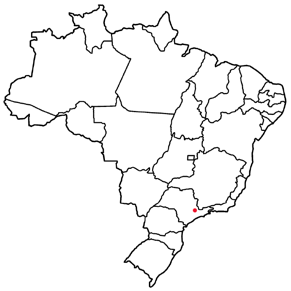30 December 2012
To Brazil
04/01/13 10:16
Jan 4, 2013. We have arrived in Campinas! Why are we here and who are we? The group is a collaboration between U.S. and Brazilian scientists which has been funded by NSF’s Catalyzing New International Collaborations program and Fundação de Amparo à Pesquisa do Estado de São Paulo (FAPESP). Our goal is to understand the past and present extent of the fungal disease chytridiomycosis (caused by Batrachochytrium dendrobatidis) in the Atlantic Forest of Brazil. This region has approximately 300 endemic frog species of conservation concern due to deforestation, invasive animals (such as the North American bullfrog) and emerging diseases. It is well established that the chytrid fungus is present in the Atlantic Forest. Recently, we discovered a new genotype (possibly even a separate species) of the chytrid fungus that appears to be endemic to Brazil, a genotype we call Bd-Brazil (Schloegel et al. 2012). We now need to know the geographic extent of the endemic and pandemic genotypes in Brazil. Through funding of the Wildlife Without Borders Program of the USFW, we are asking whether the presence of chytrid and North American bullfrogs in the AF threatens endangered frog species.
The participants from the US are: U. Michigan (Tim James, Thomas Jenkinson, Clarisse Betancourt), Cornell U. (Kelly Zamudio, David Rodriguez), and U. Maine (Joyce Longcore). The Brazilian collaborators are based in UNICAMP (L. Felipe Toledo, Domingos Leite, Carolina Lambertini, Joice Ruggeri, Carlos Henrique).
Tomorrow night we head south to begin the first day of surveys!

The participants from the US are: U. Michigan (Tim James, Thomas Jenkinson, Clarisse Betancourt), Cornell U. (Kelly Zamudio, David Rodriguez), and U. Maine (Joyce Longcore). The Brazilian collaborators are based in UNICAMP (L. Felipe Toledo, Domingos Leite, Carolina Lambertini, Joice Ruggeri, Carlos Henrique).
Tomorrow night we head south to begin the first day of surveys!

